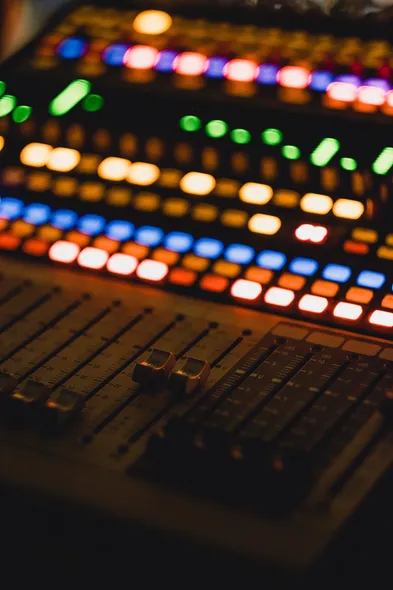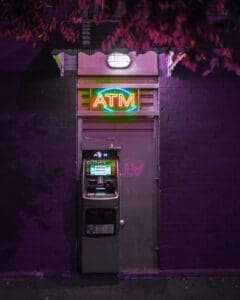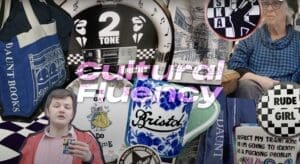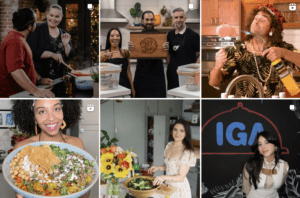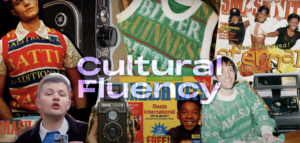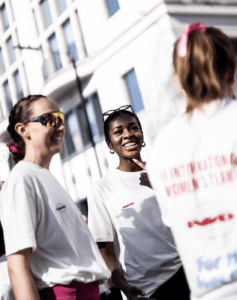TikTok has proven itself as the go-to place for discovering new music. We have seen songs that trend on the app go on to top the Billboard charts, and it’s become evident that TikTok has been at the forefront of generating new trends – as well as reintroducing old ones. With the app’s continuous push of music from challenges to TikTok-specific sounds, there has been a surge in old songs being sampled on new tracks.
Music sampling is nothing new. The concept first originated in the early 70s and is a technique popularised in hip hop which saw up-and-coming producers take a section of a completed or uncompleted track and repurpose it to make it fresh.
Over the years, more and more producers have learned to splice and reuse old tracks to create their musical pieces. Some have even perfected the art by adding their unique signature to blend and piece different tracks together. Kanye West is a great example of a producer who puts his signature on the art of sampling.
In our current digital age, with computer-based workflow used in creating music, the ethics of sampling and fair use is a topic that is greatly debated even before the involvement of technology. But as we have heard from popular artists such as Doja Cat, Drake and many more, musicians are much more lenient towards sampling usage now than when it first came about.
Currently, UK artists have a bit of an obsession with sampling 00s pop songs. In recent months, we’ve heard homegrown rappers jump on beats that lift heavily from old-school garage songs to Eurodance hits. Brighton-born new age rap artist Ardee, featuring Digga D, leaned on rapping over a heavy sample of T2’s bassline classic Heartbroken, and Tion Wayne’s drill version of La Roux’s ‘In For The Kill’ saw him chart in the UK Top 10.
Turn of the century hip hop and Rnb are also fair game, as Digga D’s latest mixtape pays homage to 50 Cent with three reworks of his tracks.
Based on the definition of sample music, some of these samples may not adequately fit the term. Many can be categorised as a cover version rather than a meticulous and creative music production. Irrespective of this, the UK sampling trend has escalated to the point that it is being credited as a sub-genre called ‘sample drill’.

The trend is indicative of fans’ interest. The nostalgic-yet-modern sound has meant new audiences have been introduced to old sounds. The trend of sample music banks on the cultural mainstay of guilty pleasures with some new music becoming a guilty pleasure of their own.
TikTok creators such as Jarred Jermaine and Doc Boj are an example of people who not only educate their followers on new singles with sample tracks but also cherish the guilty pleasure aspect of them. Creator Lua Lua has a YouTube channel dedicated to reviewing music – including reviews on sample music.
Sampling has grown and developed since its inception and with the help of the internet, it has streamlined the process making it more accessible as an educational tool for artists and music fans. While some sample music can be used in poor taste or isn’t utilised to the best of its ability, it has always been about paying homage to the artist and producers.
With ‘sample drill’ being indicative of the new era of sampling, it’s also about the nostalgic memory of being a teen in the 2000s and going to dance raves, updating your MySpace account and pairing up your Bluetooth on your Sony Ericsson to be able to share the latest single streamed late at night on LimeWire.
With all that being said, all trends have an expiry date but the more intriguing question is: what guilty pleasure song from the 2000s wouldn’t you mind being sampled and which artist would you want to see jump on the track?
